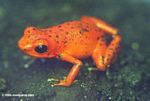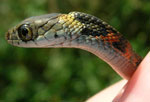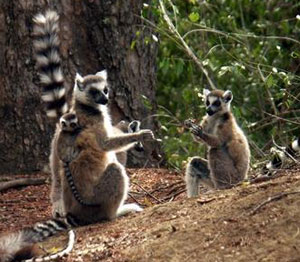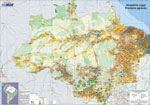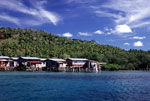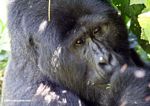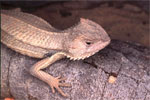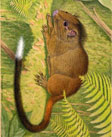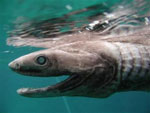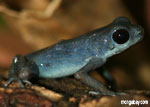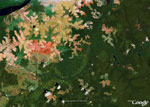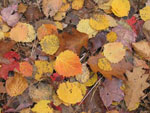|
PLEASE NOTE I will be traveling in Latin America for the next few weeks, during which time I will have limited access to the Internet. Site updates should resume around January 21 when I am back in the United States.
In the meantime I have highlighted some news articles that have appeared on the site in recent months. Archives are also available:
December | November | October | September | more
Sections of the site that have also been recently updated include:
kids' site | mongabay in other languages | tropical rainforests
As always, thank you for your patience, understanding, and interest.
Rhett Butler, mongabay.com
|







